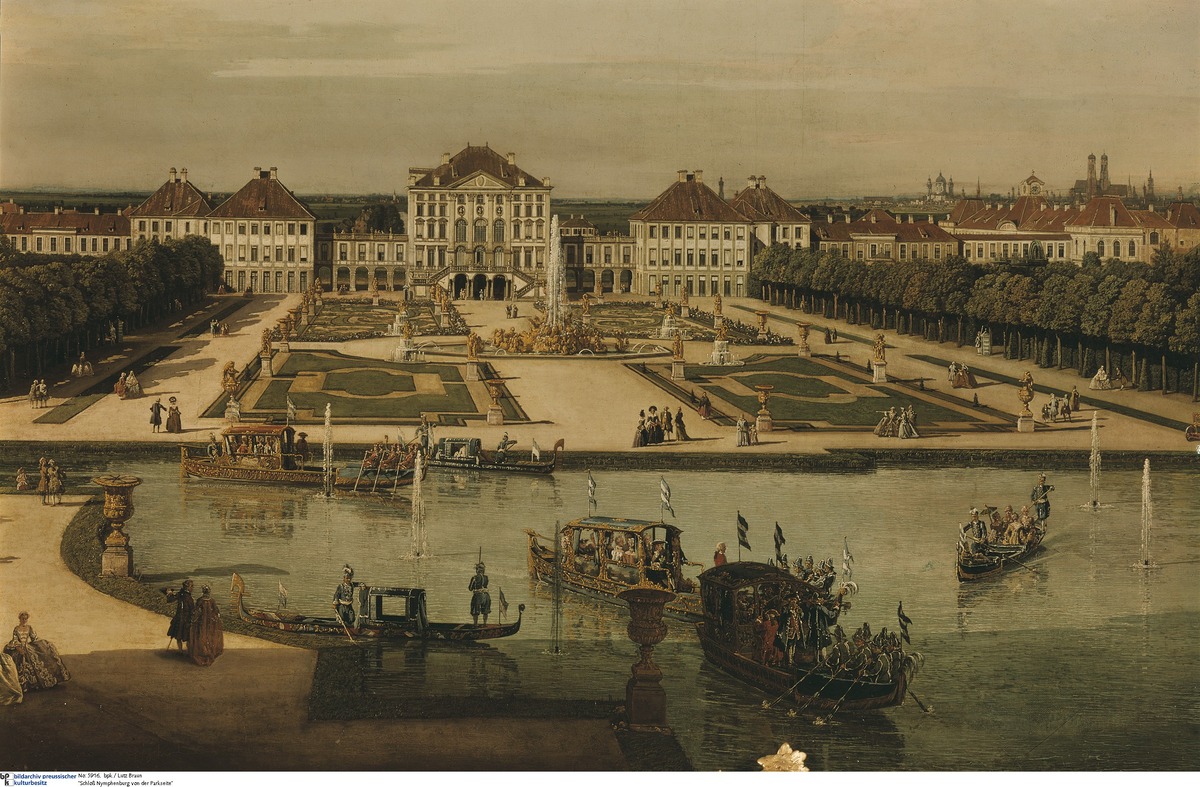Abstract
Bavarian elector Ferdinand Maria (r. 1651-79) and his wife Henriette
Adelaide of Savoy commissioned the Italian architect Agostino Barelli to
build Nymphenburg Palace to celebrate the birth of their long-awaited
son and heir, Maximilian Emanuel, in 1662. Construction of the palace,
which was intended as a summer residence, began in 1664. In 1679, when
Maximilian Emanuel succeeded his father at the young age of seventeen,
the first version of Nymphenburg Palace was nearly complete. During his
long reign (1679-1726), the palace was expanded to its present-day size
and the surrounding park was designed by court architect Joseph Effner
and French landscape architect Dominique Girard.
Work continued under Maximilian’s son and successor, Charles
Albrecht, who reigned as Elector of Bavaria from 1726 to 1745 (and as
Emperor Charles VII from 1742 onwards). It was he who commissioned the
French architect François de Cuvilliés the Elder to build Amalienburg, a
small Rococo hunting lodge on the palace grounds. The lodge was built
between 1734 and 1739 and named after Charles’s wife, Marie Amalie of
Austria. Amalienburg is now regarded as a masterpiece in its own right,
the foremost example of the French Rococo style in Germany.
This painting offers a view of Nymphenburg Palace and its gardens
during the reign of Maximilian III (r. 1745-77), who succeeded Charles
as Bavarian elector. Oil on canvas by Bernardo Bellotto (1720-80), c.
1761.
